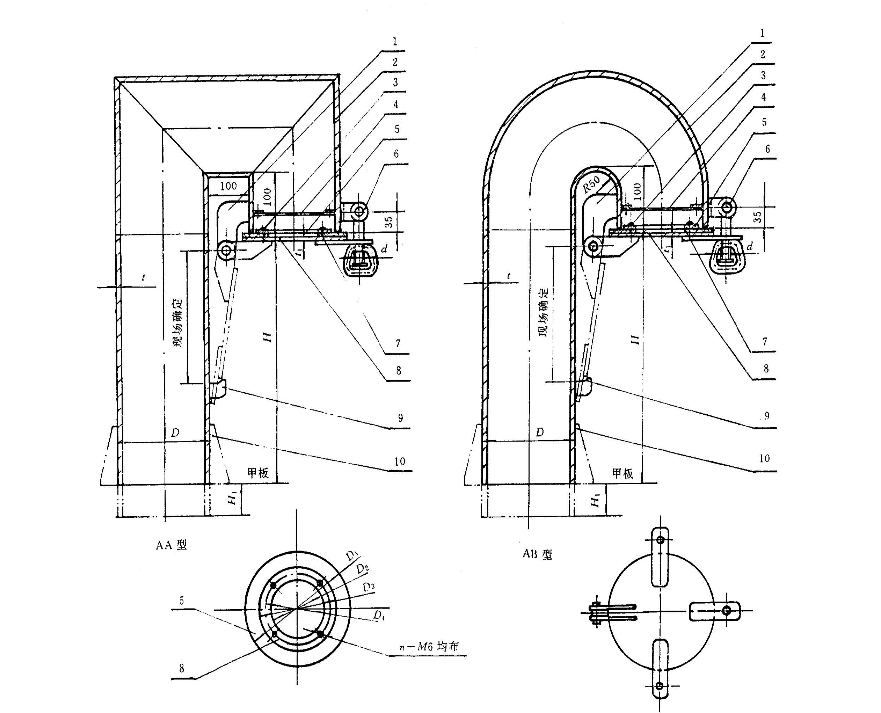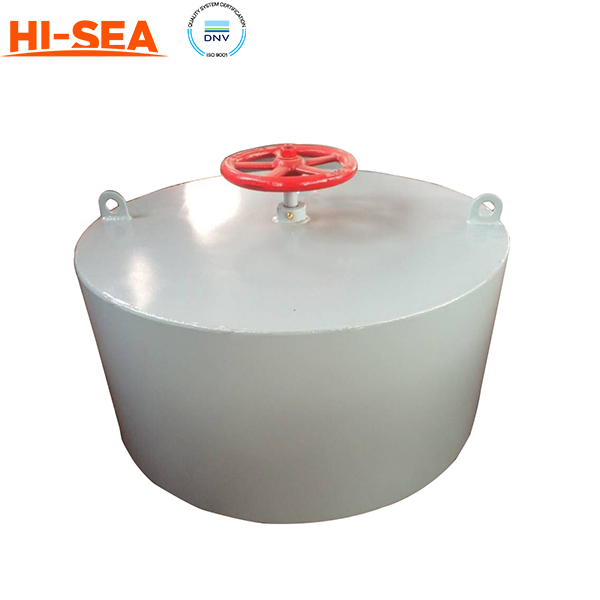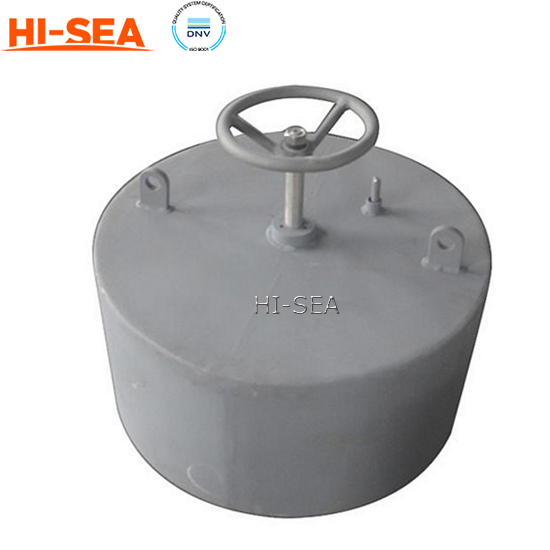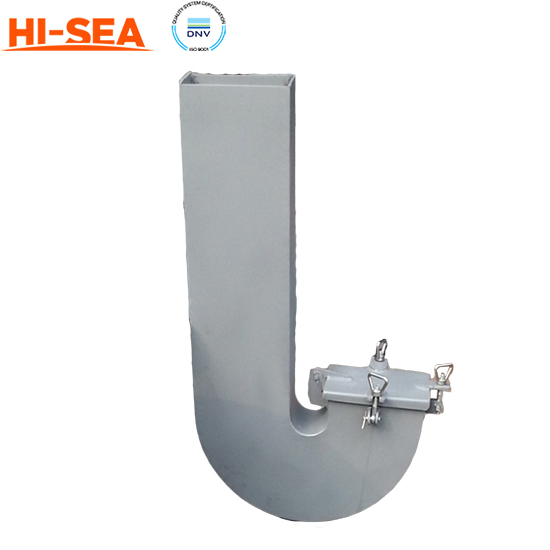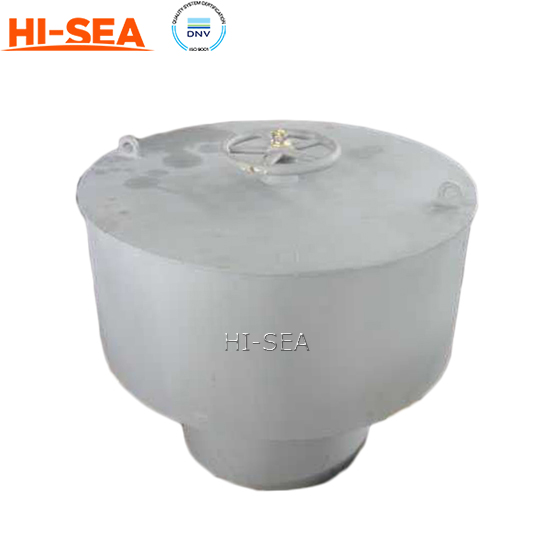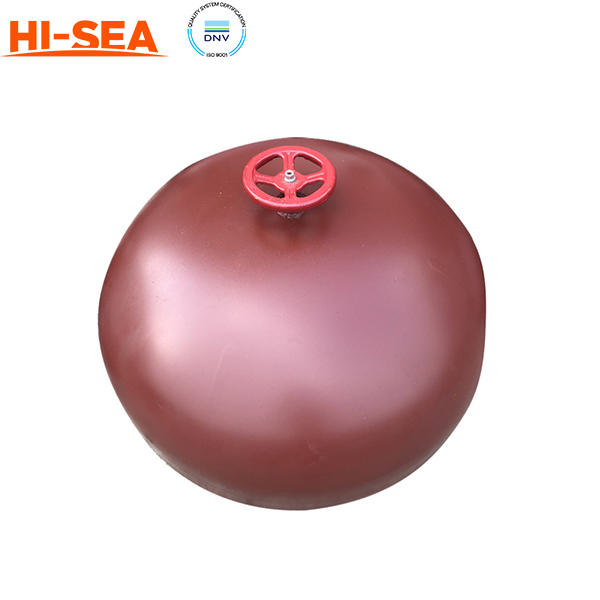MARINE & OFFSHORE EQUIPMENT
- Dredging Equipment
- Marine Deck Machinery
-
Marine Mooring Equipment
-
Marine Anchor
- AC-14 HHP Anchor
- Admiralty Anchor
- Beldt Stockless Anchor
- Bruce Anchor
- Spek Anchor
- Danforth HHP Anchor
- Delta High Holding Power Anchor
- GB11579-89 Light Weight Anchor
- Hall Anchor
- High Holding Power Mastrosov Anchor
- Hot Dip Galvanized Anchor
- Japan Stock Anchor
- JIS Stockless Anchor
- Pool Anchor
- Single Fluke Anchor
- Stainless Steel Anchor
- Stevpris MK5 Anchor
- Stingray Anchor
- US Navy Stockless Anchor
-
Marine Anchor Chain
-
Marine Shackle
- Kenter Shackle
- D Type Joining Shackle
- Pear Shaped Shackle
- Anchor Swivel Shackle Type A
- Anchor Swivel Shackle Type B
- Buoy Shackle Type A
- Buoy Shackle Type B
- C Type Detachable Connecting Link
- D Shackle
- Forelock Shackle
- Anchor Chain Swivel Group
- Straight Shackle
- Anchor Shackle
- Marine Triangle Plate
- Anchor Chain Swivel
- Anchor Chain Joining Shackle
- Anchor Chain End Shackle
- Slim Kenter Shackle
-
Chain Chaser
-
Marine Bollard
-
Marine Chock
-
Marine Fairlead
-
Marine Chain Stopper
-
Marine Mooring Reel
-
Marine Towing Bracket
-
Mooring Rope
-
Marine Towing Hook
-
Marine Shark Jaw
- Marine Fender
-
Marine Buoy
- Marine Floating Pontoon Dock
-
Marine Anchor
- Aquaculture Equipment
- Marine Outfitting Equipment
- Marine Propulsion System
-
Marine Painting
-
Marine Auxiliary Machinery
- Marine Air Compressor
- Marine Air Receiver
- Marine Sewage Treatment Plant
-
Marine Diesel Generator Set
- Marine Oil Water Separator
- Ballast Water Management System
- Marine Hydrophore
- Marine Calorifier
- Seawater Desalination Plant
-
Marine Oil Separator
- Marine Fuel Oil Supply Unit
- Marine Heat Exchanger
-
Marine Hot Well Unit
-
Marine Incinerator
-
Marine Boiler
-
Marine Valve
- JIS Marine Valve
- DIN Marine Valve
- ANSI Marine Valve
- GB Marine Valve
- CB Marine Valve
- CBM Marine Valve
-
Marine Gate Valve
-
Marine Globe Valve
-
Marine Angle Globe Valve
-
Marine SDNR Valve
-
Marine Angle SDNR Valve
-
Marine Check Valve
-
Marine Storm Valve
-
Marine Butterfly Valve
-
Marine Quick Closing Valve
-
Marine Fire Valve
-
Marine Self Closing Valve
- Marine Valve Accessories
-
Marine Pump
- Marine Centrifugal Pump
- Marine Screw Pump
-
Marine Gear Pump
-
Marine Vortex Pump
-
Marine Ejector Pump
-
Marine Diaphragm Pump
-
Marine Piston Pump
-
Marine Fire Pump
-
Marine Emergency Fire Pump
-
Marine External Fire Pump
-
Marine Ballast Water Pump
-
Marine Fuel Pump
-
Marine Lubricating Oil Pump
-
Marine Bilge Pump
-
Marine Sewage Pump
-
Marine Domestic Water Pump
-
Marine General Pump
-
Marine Cargo Oil Pump
-
Marine Hand Pump
- Marine Pump Parts
- Marine Life-saving Equipment
- Fire-fighting Equipment
- Marine Cable
- Marine Electrical Equipment
- Marine HVAC
-
Labour Protection Appliance
- Marine Decorative Material
-
Marine Anode
- Marine Pipe Fitting & Flange
- Marine Instrument
- Ship Building Equipment
INDUSTRY EQUIPMENT
- Hoisting Equipment
- Welding Machine & Material
-
Cutting Machine
- Container Securing Fitting
- Link Chain
- Container & Storage Equipment
-
Diesel Generator Set
- Other Equipment and Tools
- Petrochemical Equipment
- Fiber Reinforced Plastics
- Polymer Materials
- Environmental Protection Series
- Geo-products and Building Materials
- Metal Mesh
- Steel Grating
-
Earthwork Teeth
-
Turnbuckle
STOCK LIST
Contacts
 Tel:+86-23-67956606
Tel:+86-23-67956606
 FAX:+86-23-67956622
FAX:+86-23-67956622
 Email:manager@cqhisea.com
Email:manager@cqhisea.com
Working Time: 9:00--17:00
Working Day: Monday to Friday Website: www.cqhisea.com

Marine Gooseneck Ventilation
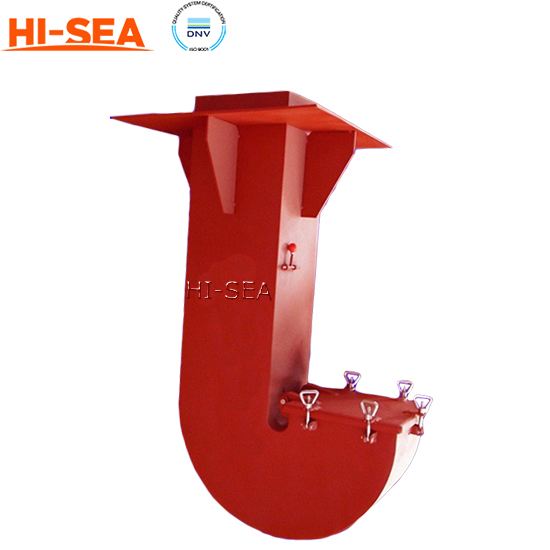
Marine Gooseneck Ventilation
Introduction:
Marine gooseneck ventilation is a type of ventilation system commonly used on ships, boats, and other marine vessels. It is designed to provide a continuous flow of fresh air into enclosed spaces within the vessel, such as cabins, engine rooms, and storage compartments, while also allowing for the extraction of stale air and fumes.
The name "gooseneck" refers to the distinctive curved shape of the ventilation duct, which resembles the neck of a goose. This shape allows the ventilation system to be flexible and adaptable to different installation requirements on board a vessel.
The primary purpose of marine gooseneck ventilation is to maintain good air quality and prevent the buildup of harmful gases, odors, and moisture within enclosed spaces. By continuously exchanging air with the outside environment, the system helps to remove excess humidity, control temperature, and eliminate potentially hazardous substances or unpleasant odors that may be present in the enclosed areas.
The gooseneck ventilation system consists of several components, including an intake vent, an exhaust vent, and a flexible duct or hose connecting the two. The intake vent is usually positioned on an exterior wall or deck of the vessel, allowing fresh air to enter the system. The exhaust vent is located in the interior space that requires ventilation, such as a cabin or engine room. The flexible duct connects these two vents, allowing air to flow between them.
One of the key advantages of gooseneck ventilation is its ability to adapt to the vessel's changing conditions. The flexible nature of the duct enables it to accommodate movements of the ship caused by waves, wind, or other factors. This flexibility helps to prevent damage to the ventilation system and ensures a consistent airflow, even in rough sea conditions.
Additionally, gooseneck ventilation systems are often equipped with dampers or louvers that can be adjusted to control the airflow. This allows the crew or occupants of the vessel to regulate the amount of ventilation according to their needs or preferences. For example, during extreme weather conditions, the vents can be partially closed to reduce the ingress of water or spray while still maintaining some airflow.
In summary, marine gooseneck ventilation is an important system for maintaining good air quality and controlling the environment within enclosed spaces on marine vessels. Its flexibility, adaptability, and ability to provide continuous airflow make it a valuable component for ensuring the comfort and safety of crew members and passengers.
Specification:
DN
airduct
Cover
padding
press plate
D
t
D1
t1
D1
D2
D2
D3
D4
100
108
4
118
6
118
48
48
78
63
114
6
124
8
124
54
54
84
69
8
150
159
4.5
170
6
170
100
100
130
115
168
6
178
8
178
108
108
138
123
8
200
203
6
213
6
213
143
143
173
158
219
6
229
8
229
159
159
189
174
8
250
245
6.5
255
6
255
185
185
215
200
273
6.5
283
8
283
213
213
243
228
8
300
299
7.5
309
6
309
239
239
269
254
325
7.5
335
8
335
265
265
295
280
9
